Over the course of the day I was glad to see and have control over how much environmental effect my food takes to make. However, it’s not typical for me that I’m cooking every meal I’m eating or am able to see where all my food comes from and how it gets to me. My consciousness that I would be recording how much environmental effects my meals would bring probably also influenced what I decided to eat that day too, and may be lower than usual, and certainly lower than the average person. Which is a little unnerving.
What really astonished me was how much plastic EVERYTHING had. When going throughout the day, and also in creating this blog, a particular line in Rome’s article, “We all live in Plasticville” which was a quote from Susan Freinkel, a journalist, kept coming to mind. The coffee machine, every piece of packaging, the bags I brought from the store, the Tupperware I used for snacks all had plastic in them! Now when I look around the room I see plastic in almost all my belongings, its absurd how much plastic is used in our lives.
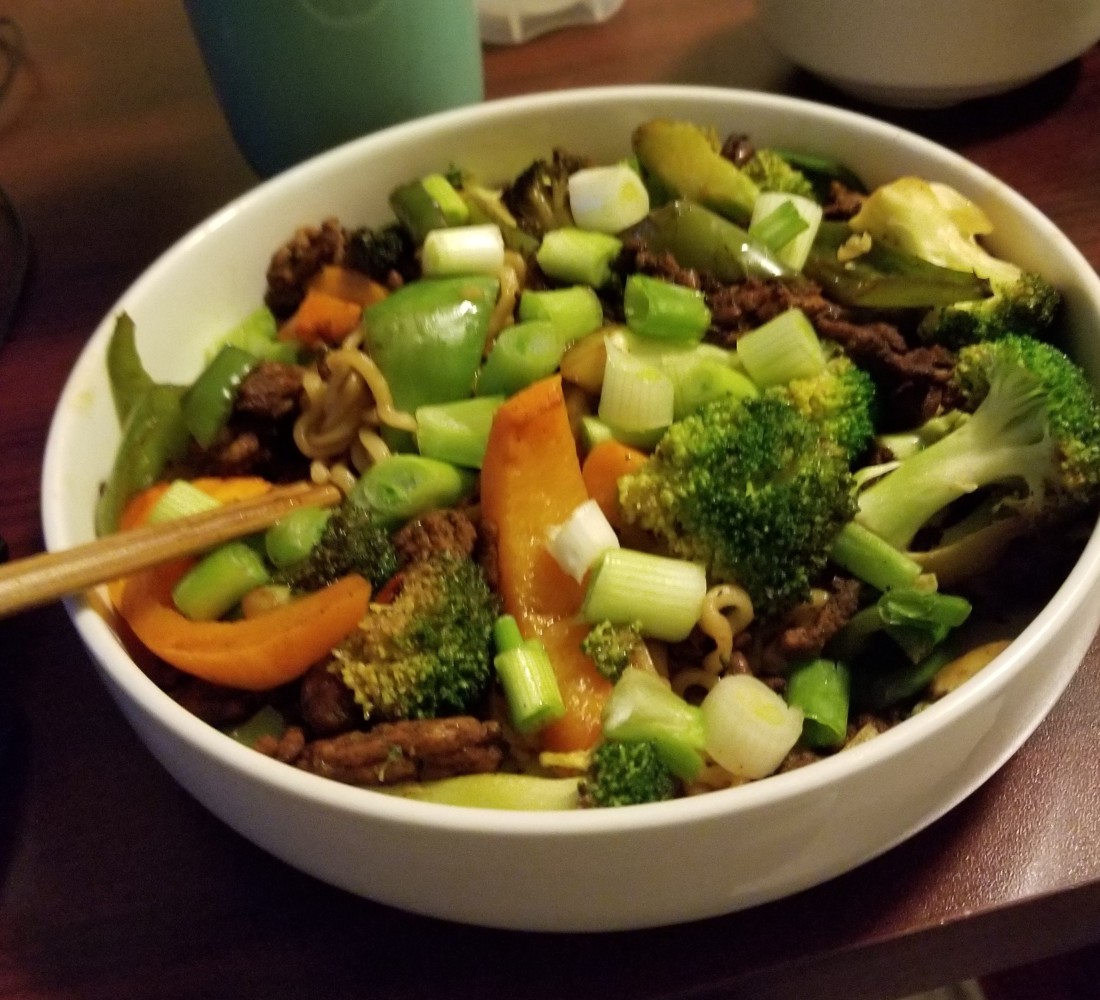

 Soy Sauce
Soy Sauce Nuts and Seeds
Nuts and Seeds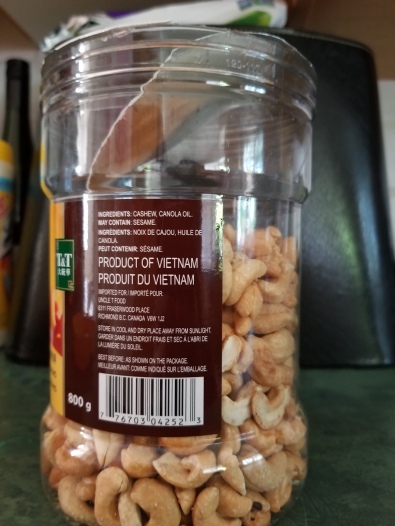 Cashews
Cashews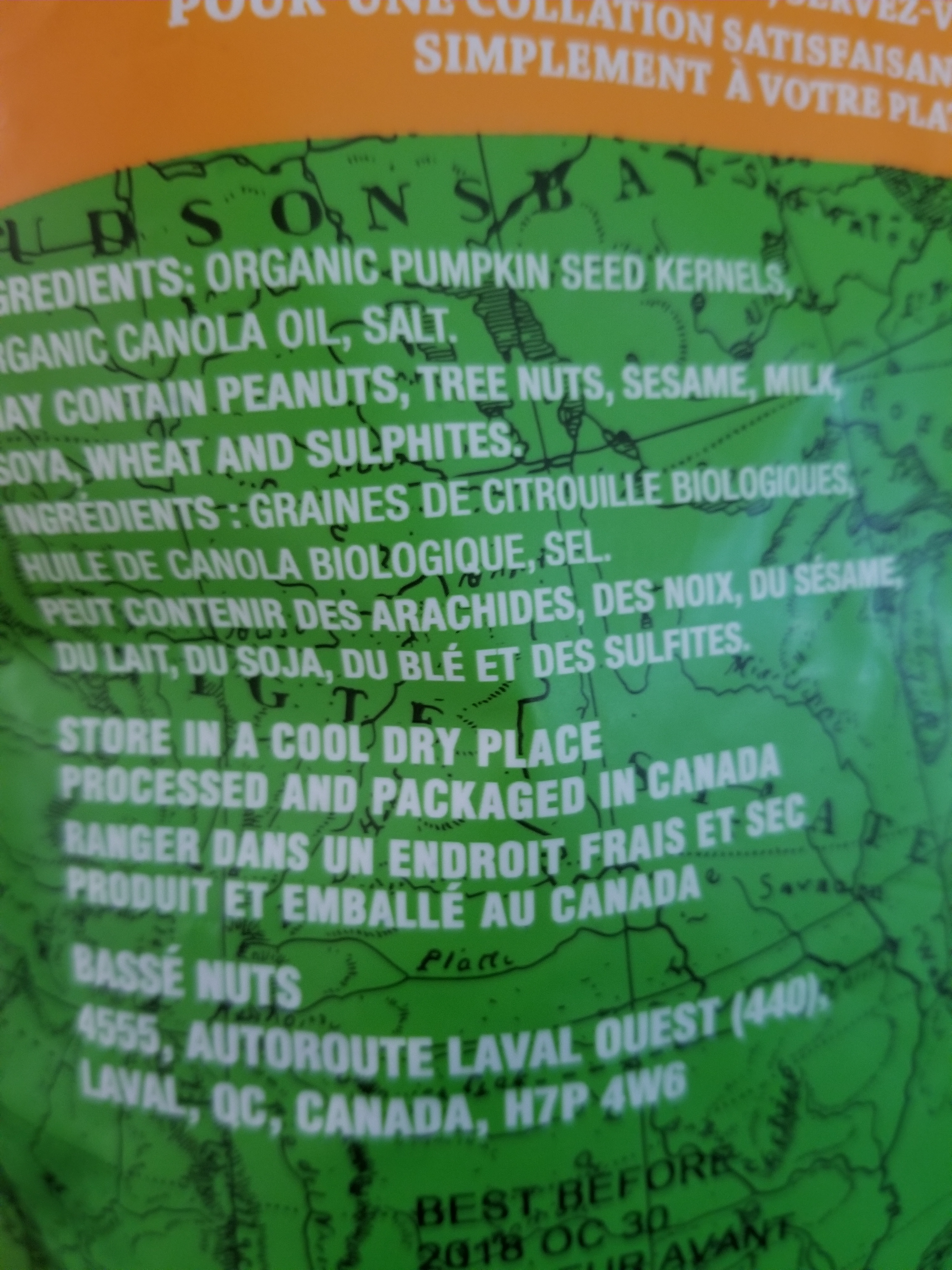
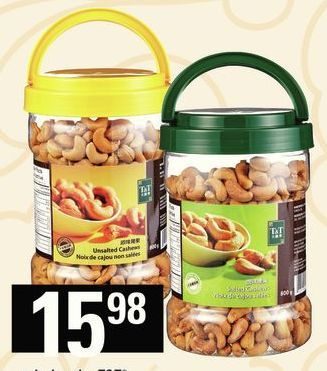

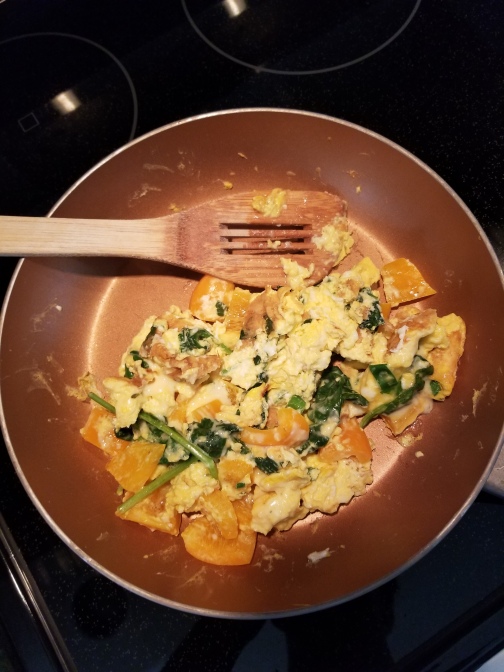
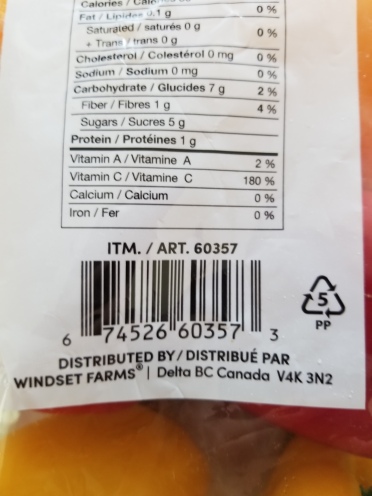
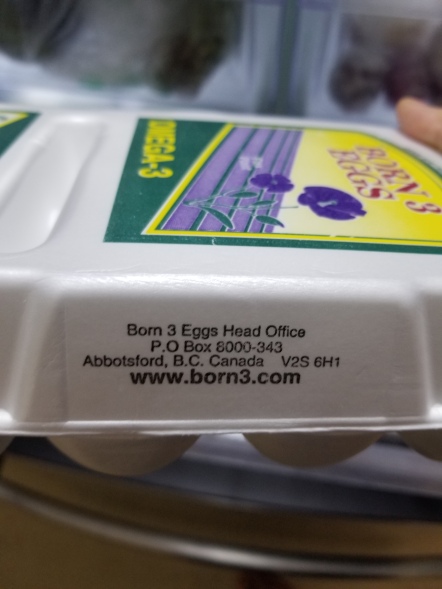
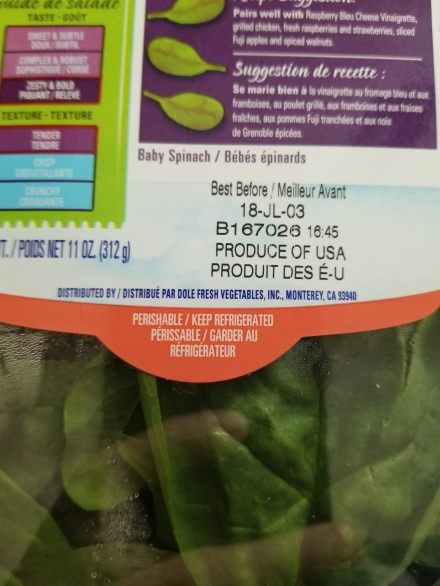
 My Morning Cup of Joe
My Morning Cup of Joe
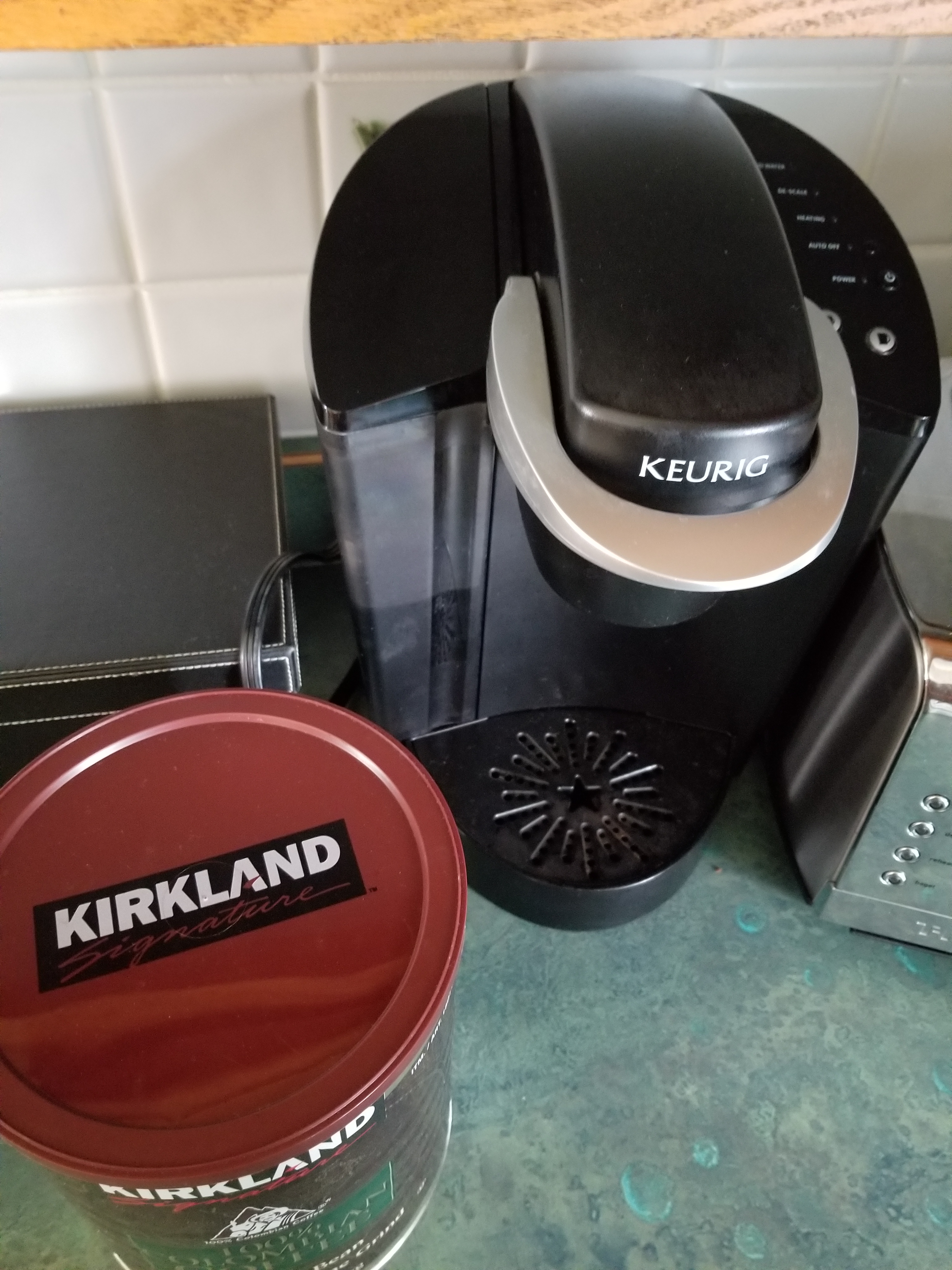 My (largely plastic) Coffee Machine and Coffee Ground packaging
My (largely plastic) Coffee Machine and Coffee Ground packaging